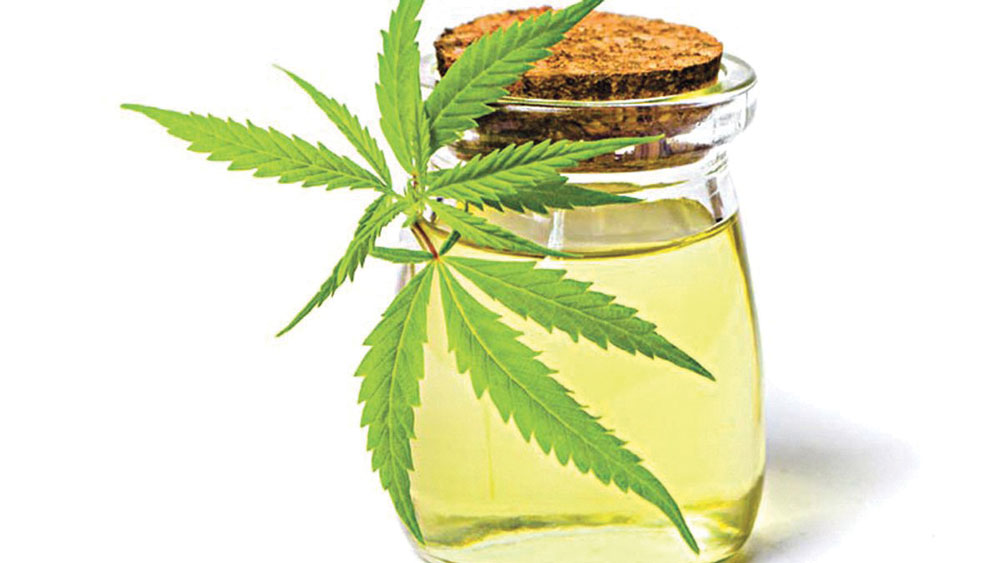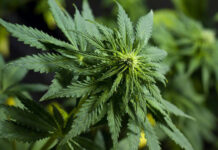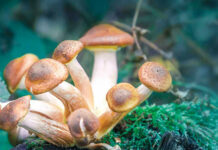Along with cannabis legalization has come a seemingly endless choice of ingestion methods: a wide array of edibles, vapes, capsules, tinctures, oils and more. And, of course, there is raw bud—still by far the most popular product. Meanwhile, big money is pouring into yet another delivery method: cannabis-infused beverages.
But do very many people really want to drink their weed? It remains an open question. Grand View Research, which studies cannabis markets, forecasts that annual worldwide sales of cannabis beverages will hit $2.8 billion by 2025, representing a compound growth rate of nearly 18%. Meanwhile, the overall market for legal cannabis will grow to more than $70 billion by 2028, a compound growth rate of nearly 27%, Grand View estimates.
Sales of cannabis beverages are dwarfed not only by weed sales, but also by other categories of edibles. Still, there’s clearly a market for drinkable weed, whether the kind that gets you high or CBD elixirs sold as “wellness” products. But how big a part of the overall cannabis market beverages will become depends on whether it’s merely a novelty-driven fad.
It might well be. This week, Derek Prentice, founder The Proper Cannabis Co., which makes pot-infused beverages, was remarkably candid in an interview with MJBizNews, a trade publication. The market for cannabis beverages is “a little stagnant right now,” he said. “I think in the short term, people just aren’t turning to beverages first when it comes to edibles.” Rather, they’re going for “gummies, chocolate and that sort of thing, probably for portability. Throwing a can of something in your pocket isn’t as easy, and it doesn’t stay cold.”
Those factors won’t change, nor will the use case for ingesting weed in liquid form. Many consumers will wonder why they should drink pot, when they can so easily eat or puff it, or even down a pot capsule with a swallow of beer or lemonade. And the hard reality is that the flavor of edible weed is often an acquired taste, and doesn’t always mix well with the flavors of various beverages. The unanswered question is whether pot beverages will ever go beyond niche status.
Smokable weed, whether raw flower or in pre-rolls, remains the most popular category, taking up about half the total legal market. Edibles are becoming more popular, with increases in their sales outpacing increases in flower sales in many markets. But even within the edibles category, cannabis beverages remain an also-ran. Another pot-market researcher, BDSA, says edibles make up about 13% of the legal cannabis market, and estimates that will grow to about 15% during the next couple of years. Beverages, meanwhile, represent only about 6% of all edibles sales. Gummies are by far the most popular edible product, with 60% of the market share. Chocolate and other candies make up another 13%. Even cannabis in pill form does better than beverages, with about 8% of the total edibles market.
In the longer term, the fate of cannabis beverages will depend, as so many cannabis questions do, on federal legalization, and on how the Food and Drug Administration and other agencies decide to regulate the market for products like edibles. It might turn out that cannabis-infused beer, wine and liquor will become popular. Or it might turn out that such products are never allowed at all. Some big cannabis companies are already making investments, though. The pot giant, Tilray, has taken a stake in the microbrewery SweetWater, for example, as well as another in the liquor company Breckenridge Distillery.
But a bit of recent news has thrown some cold water on the potential for cannabis-booze combos: Anheuser-Busch, InBev and Tilray last week ended their partnership in a company called Fluent Beverage Co. AB InBev is still apparently pursuing CBD-based drinks, but Tilray’s CEO, Steve Irwin, was quoted as saying that AB apparently, “did not want to do THC products.”
Originally posted on EastBayExpress.com








